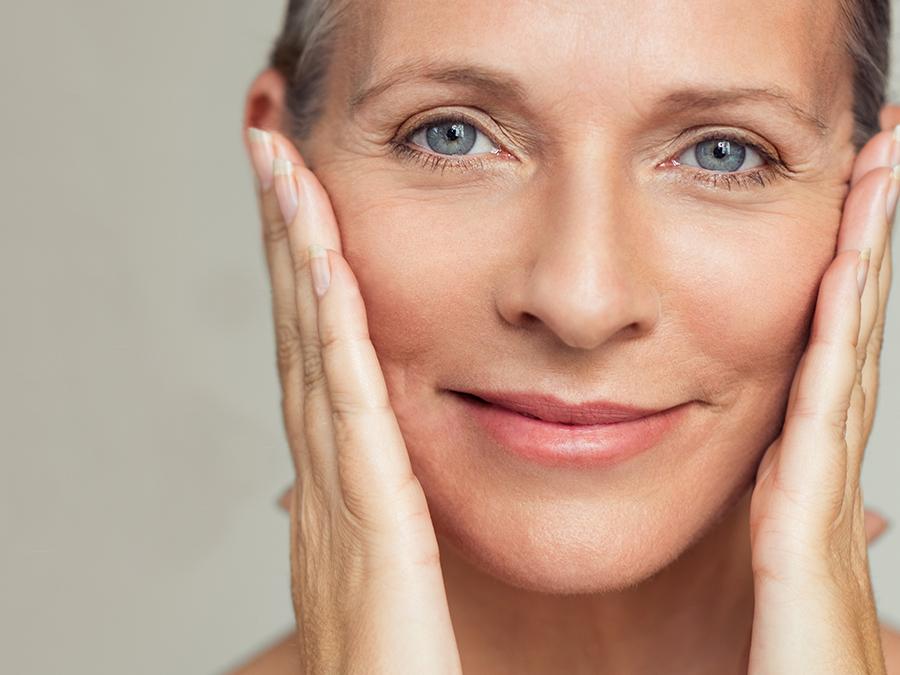Many people suffer with dehydrated skin but often it is not always evident. It is important that you resolve this issue by feeding your skin with the right hydrating ingredients as well as making a few tweaks to your lifestyle. But first, here’s how to know if you have dehydrated skin.
Dehydrated vs. dry skin
Firstly, let’s distinguish the difference between dry skin and dehydrated skin. Dry skin is characterised by lower oil-production within skin whereas dehydrated skin is a water deficiency in the skin or inability to retain water. It is possible to have an oily skin but still suffer from dehydration. Dryness is used to describe a skin type whereas dehydration refers to a skin condition. Dry skin can be incredibly uncomfortable with symptoms that include flakiness and itchy areas where as many people with dehydrated skin are not aware that their skin is lacking hydration as it ‘feels’ fine.

How to know if your skin is dehydrated
A good test is to pinch your cheek – if it wrinkles with gentle pressure instead of holding its shape with a bouncy feel, your skin cells are thirsty. Your skin might also feel tight, especially after cleansing, and wrinkle depth is more enhanced than usual or new ones appear in places they weren’t before. Dark circles under the eyes can also be a red flag.
Symptoms to look out for include:
- General dry feeling
- Tone and complexion appear uneven
- Very fine lines on the skin – not normally appearing as deep wrinkles but as creases on the skin’s surface
- Redness
- Congestion (pimples and blocked pores)
- Inflammation
- Lack of plumpness and turgidity
If you are noticing any of these symptoms, it may be time to take stock of how much water you are consuming on a daily basis. The skincare products you use need to support your lifestyle and water consumption. Whilst some things are out of your control, like the weather and environment, you can control things like your diet, water intake, caffeine consumption and a healthy skincare routine.
Treating dehydrated skin
Increasing water intake is the first important step. Then you need to overhaul your skincare routine:
- Avoid foaming cleansers – they remove all oils from the skin’s surface which act as an effective barrier for holding moisture in. We would recommend a cream based cleanser like the Esse Sensitive Cleanser that is gentle and hydrating.
- Avoid washing with hot water as this can damage the skin’s barrier and its ability to lock in hydration.
- Avoid products that contain petrochemicals. Although it gives the illusion of being nourishing, it sits on the skin surface and is non-nutritive for the beneficial microbes you are better off supporting. Certified organic products are free of petrochemicals and nourish the skin with natural plant oils.
- Incorporate products with high levels of good quality Hyaluronic Acid such as the Esse Hyaluronic Serum. Hyaluronic Acid (HA) is one of your body’s main lubricating compounds and allows for the smooth movements of joints and muscles. It carries 10 times its weight in water and depending on its molecular size, it can easily penetrate below the out layer of skin, drawing with it valuable skincare actives whilst greatly improving hydration.
There you have it – the ins and outs of hydrated skin! See our product page for more info on our ultra-hydrating Hyaluronic Serum.





